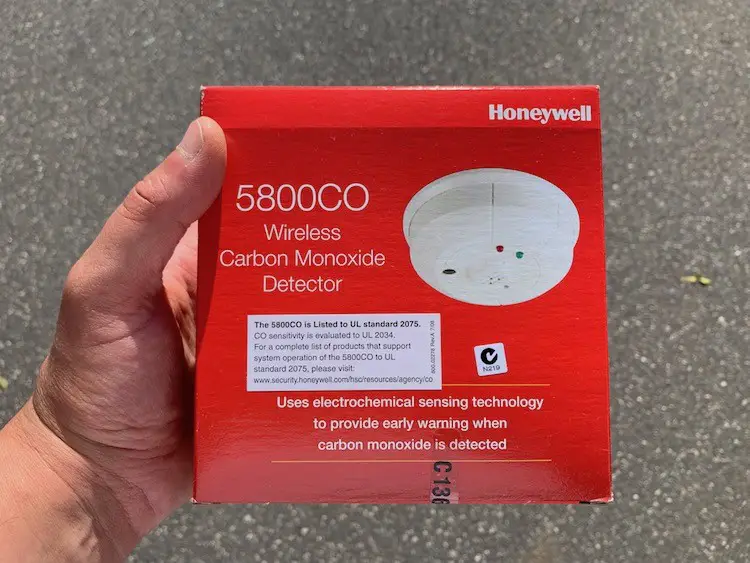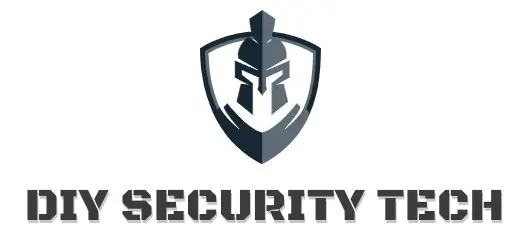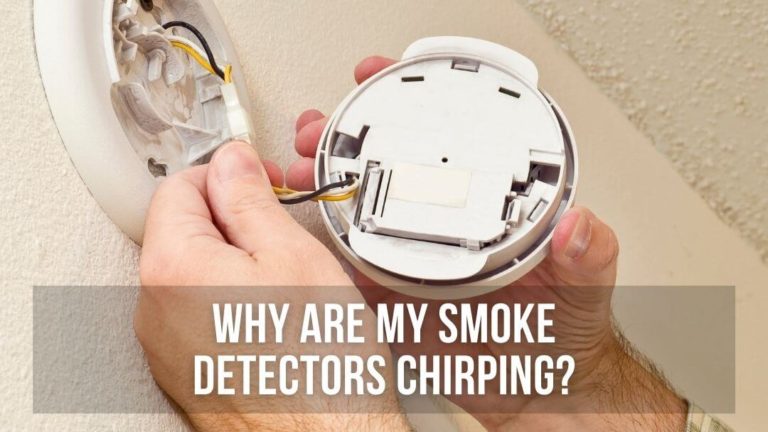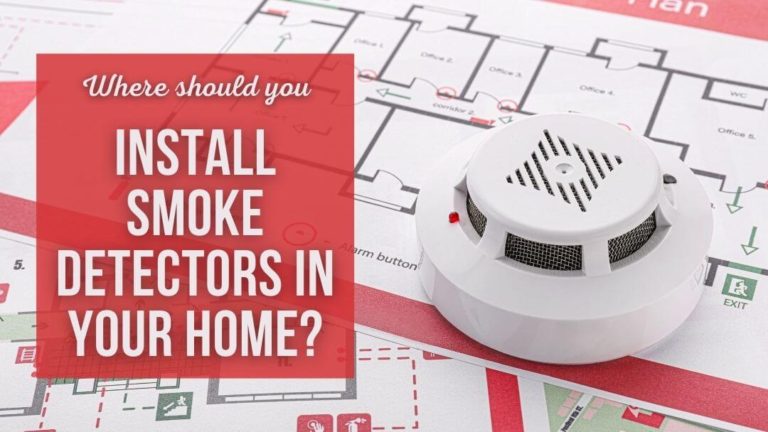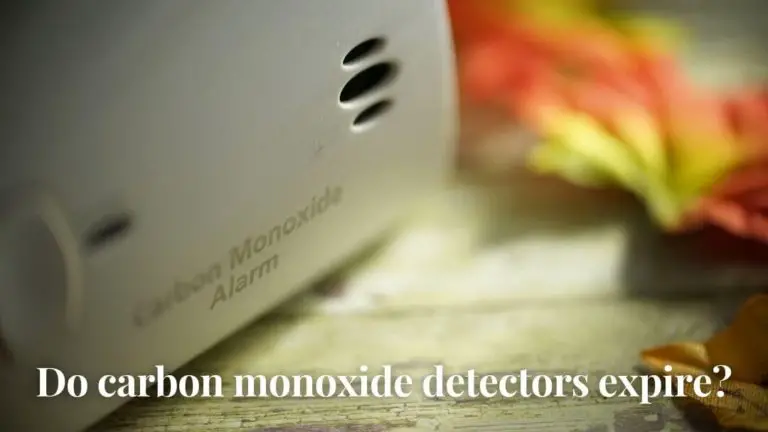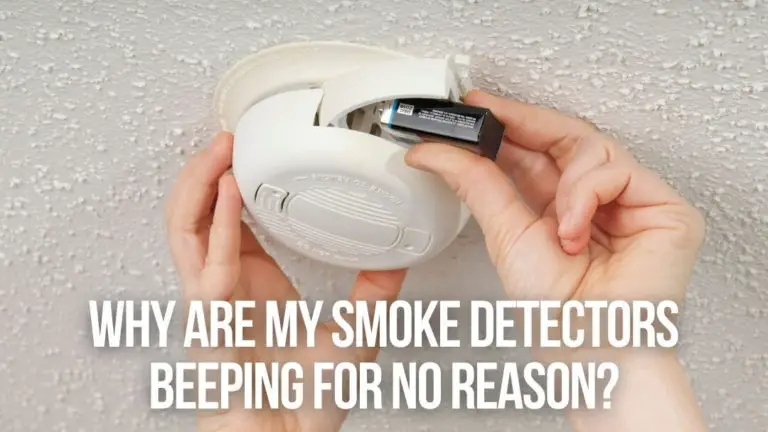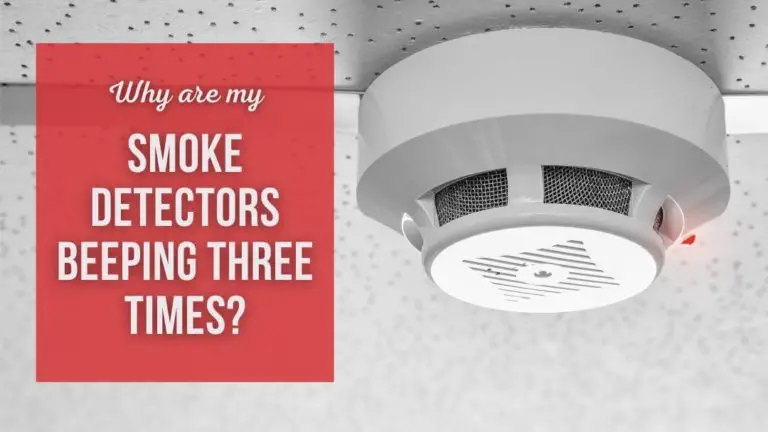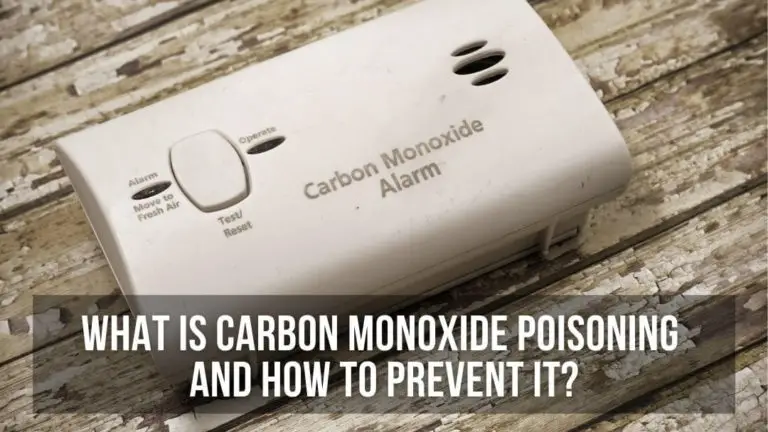What You Should Know Before Buying Carbon Monoxide Detectors
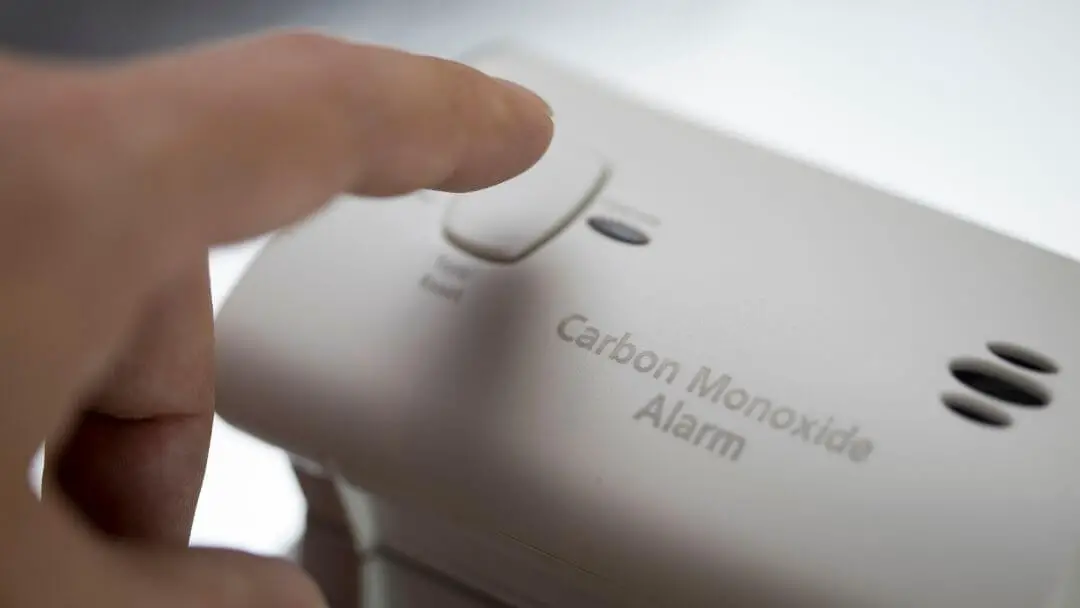
There are several types of carbon monoxide detectors (also known as CO detectors)available with varying levels of sophistication. All models give out a warning once dangerous levels of carbon monoxide accumulate.
While all carbon monoxide detectors warn the homeowner locally either by a beeping alarm or voice alarm, some can alert other family members through an app on their smartphone or by contacting the fire department through a central monitoring center.
Why do I need carbon monoxide detectors?
Carbon monoxide (CO) is a colorless, odorless, tasteless gas that attaches itself to the blood cells and deprives the major organs of oxygen.
Let’s go over the types of detectors you can choose from, the proper actions to take if it goes off, and how to maintain them.
Types of carbon monoxide detectors
There are several types of CO detectors available today. Some can be easily installed with just a screwdriver, while others require professional installation.
Battery operated CO detectors
Battery-powered carbon monoxide detectors are the easiest to install and are much less expensive than hardwired CO detectors because they don’t require a licensed electrician’s installation.
These units work well and are safe. Even though battery-operated CO detectors are not wired or interconnected together, some models can connect to each other wirelessly and set off the other detectors when any one of them detects high levels of carbon monoxide.
Hard-wired and interconnected CO detectors
Interconnected CO detectors are wired together through your home’s electrical wiring. Once any of the units detect high levels of CO and is triggered, it will sound all alarms throughout the house, alerting all residents wherever they are in the home.
Installing interconnected CO detectors requires installation by a licensed electrician and is generally installed during the home’s construction. However, they can also be retrofitted to existing homes.
Dual-function detector
These devices can detect CO and smoke, and most have digital screens. Although expensive, it is economical in the long run.
Smart carbon monoxide detector detector
Smart Co detectors connect to your home’s wifi and enable you to monitor each unit through an app on your smartphone.
This type of CO alarm is more advanced than standard hardwired or battery-operated sensors. It performs self-diagnostics and syncs with home automation apps for monitoring your home while away.
Where should I buy CO detectors?
You can buy carbon monoxide detectors from Amazon, hardware stores, online, Walmart, Best Buy, etc. It is essential to test the device, check for a warranty, discuss the user’s manual, and ask if they have an installation service.
Who installs CO detectors and how much does it cost?
The carbon monoxide detectors that we recommend can be easily installed by the homeowner with just a screwdriver.
Electricians, alarm companies, handymen, and the fire department (usually for the elderly) can install carbon monoxide detectors for you.
Costs of installation range from $50 to $250 depending on experience and the job’s complexity.
- Electrician $150 – $250 each
- Alarm company $200 – $250 each
- Handyman $50 – $120 an hour
- The fire department FREE
The benefits of having carbon monoxide detectors installed by alarm companies are that the central station monitors them. The fire department is dispatched when the detectors sense carbon monoxide.
Where should I position CO detectors?
According to the National Fire Protection Association (NFPA), Carbon monoxide detectors should be installed:
- In hallways outside of every sleeping area within ten feet of the door.
- Outside of any room with a gas , oil or propane burning appliance.
- At least one detector installed on every floor.
Carbon monoxide detectors should be placed where they can sample the air you breathe.
Mounting them on the wall or ceiling is recommended as carbon monoxide is slightly lighter than air, so it doesn’t sink to the floor or rise to the ceiling like other gases.
- Install the device where you and others can hear the alarm once it goes off or press the mute and test buttons easily.
- For detectors that can display CO levels, mount it where it can be read easily
- Install them in hallways within ten feet of each sleeping area
- Install at least on CO detector per floor, usually in areas where your family spends the most time
- Purchase more detectors and place them in locations where everyone can hear the alarm
- Position CO detectors near each combustion appliance but not within 10 feet as it is normal for a small amount of CO to leak from the appliance
What apliances produce carbon monoxide?
Any appliance that burns fossil fuels such as oil, natural gas, and propane can produce carbon monoxide.
- Gas grills
- Gas stoves
- Gas or oil-burning furnaces
- Fuel-burning water heaters
- Non-electric space heaters
- Gas powered tools
- Snowblowers
- Lawnmowers
- Chain saws
- Pressure washers
- Generators
- Non-electric cars, trucks, and boats
Do smoke detectors detect carbon monoxide?
No, they do not. Smoke detectors are only designed to detect smoke, just as carbon monoxide detectors are built to sense CO gas only, and they will not detect smoke, methane, or anything else.
What does it sound like when my CO detector detects carbon monoxide?
A CO detector is a device created with the intent to alert you to unsafe levels of carbon monoxide. Warnings are sent through beeping and audible sounds depending on the models.
The noise that they make can be a beeping or chirping sound. Most detectors will give out two sounds: a repeating pattern of four beeps and a pause or a short “chirp.”
Repeating beeping sounds
The beeping sound alerts you to unsafe CO levels. It is a pattern of four successive beeps, a pause, then four consecutive beeps again.
This pattern is repeated until high CO levels drop or the “reset” button is pressed. Once you hear this sound from your CO detector, DO NOT IGNORE IT! Take action immediately!
What does a chirping sound mean?
There are instances when chirping sounds are used to report a problem with the device.
Though not as critical as a beeping alarm, you should still address this as soon as possible as the chirping may mean that the detector may not be functioning or may fail soon.
It may also be reporting a low battery, an internal error, a malfunction, or the end of the internal sensors’ useful life.
While all CO detectors will sound the alarm for high CO levels, there is not much uniformity in chirping sounds. Always check the owner’s manual that came with your detector to interpret the chirping noises.
If visual information is something you want, getting a device with a digital display can be extremely helpful.
If your carbon monoxide detector starts beeping because of high CO levels, you need to vacate the space affected as soon as possible and then call for help.
Contact 911 and your local fire station for CO emergencies. Have their numbers posted in a viewable location and add them to every family member’s phone.
The Importance of Carbon Monoxide Testing
If a CO detector you rely on cannot detect CO, the device is dangerous as it gives you a false sense of security. Testing your detector(s) regularly, especially as it gets older, can save your life and everyone who depends on it.
How to test a carbon monoxide detector
- All carbon monoxide detector has a button to test and verify if the electronics are functioning correctly.
- Press and hold the test button on the CO detector until it starts beeping.
- Release the test button and allow the CO detector to run its self-test.
- The detector may beep for 10 to 20 seconds in repeating pattern of four beeps and a pause.
- If all of your carbon monoxide detectors are interconnected, other sensors throughout the house will also start beeping as well.
- All of the CO detectors will stop beeping after the test is complete.
How often should batteries of a CO detector be replaced?
Modern battery-operated CO detectors come with a non-replaceable 10-year battery. It is non-replaceable because the detector itself expires after ten years and stops detecting carbon monoxide.
Before the 10-year non-replaceable type CO detector, CO alarms expired after five years, and the batteries needed to be replaced every year.
Do carbon monoxide detectors expire?
Yes, carbon monoxide detectors do expire. Older CO detectors expired after five years, but all new CO detectors bought today expire after ten years.
- Older CO detectors do not have an expiration date stamped on them, while all new ones do.
- If your CO detectors do not have an expiration date on them then it is recommended that they are replaced.
- If the display shows EOL, this means the sensor has reached its end of life cycle and can no longer detect CO.
- If the device is nearing the end of its life it will beep 1 or 2 times every 30 seconds. It is time to replace the device.
- The normal lifespan of a CO detector is 5-10 years after its initial power-up.
How do carbon monoxide detectors work?
CO detectors produce a loud noise when they sense an unusual level of carbon monoxide in the air. Different types of sensors trigger different kinds of alarms.
Biomimetic sensor
Once carbon monoxide is detected in the air, it gets absorbed by a gel that changes color, and this color change triggers the alarm.
Metal oxide semiconductor
A circuit made from a silica chip detects carbon monoxide. Once CO is detected, it lowers the electrical resistance, and this change triggers the alarm.
Electrochemical sensor
This type of sensor has electrodes immersed in a chemical solution. The solution detects changes in electrical currents when they come in contact with carbon dioxide, triggering the alarm.
Once your device alarms, you must place it in a carbon monoxide-free environment for it to reset.
Carbon monoxide safety tips
Fireplaces and fossil fuel-burning appliances are designed to operate safely with proper ventilation. However, without adequate ventilation, it could cause a gradual build-up of dangerous levels of carbon monoxide in your home over time.
- Don’t leave your car running inside of the garage with the door closed
- Get your chimney checked annually to ensure proper ventilation
- Never burn gas grills inside your home
- Don’t use your gas stove/oven for heating
- Don’t patch or seal vent pipes with tape or unapproved products or carbon monoxide could leak into your home
- Don’t ever burn charcoal inside
- Never run a generator in your home or within 20 feet of your home’s doors, windows, and garage
Recent Posts
- Why is My Security System Displaying FC or Comm Fail?
- Analog vs IP Security Cameras, Is There any Difference?
- Why Are My Smoke Detectors Chirping?
- What is Beeping or Chirping in My House?
- Smoke Detectors Beeping Three Times But No Smoke
